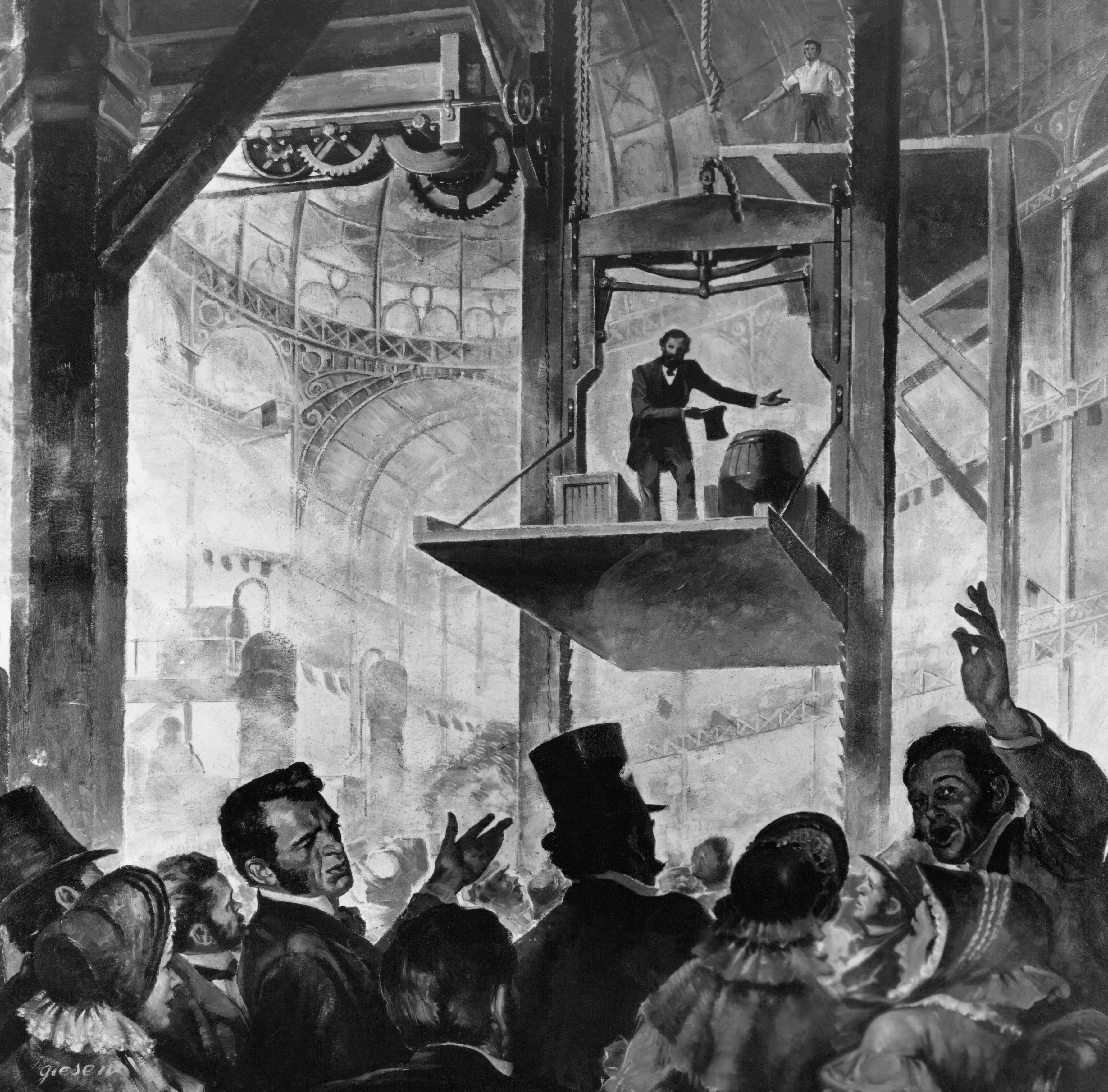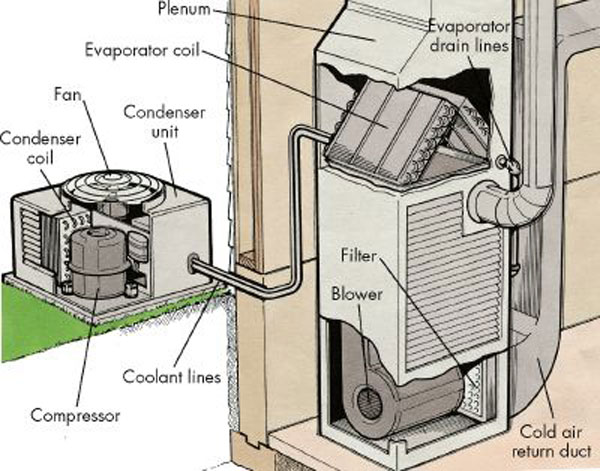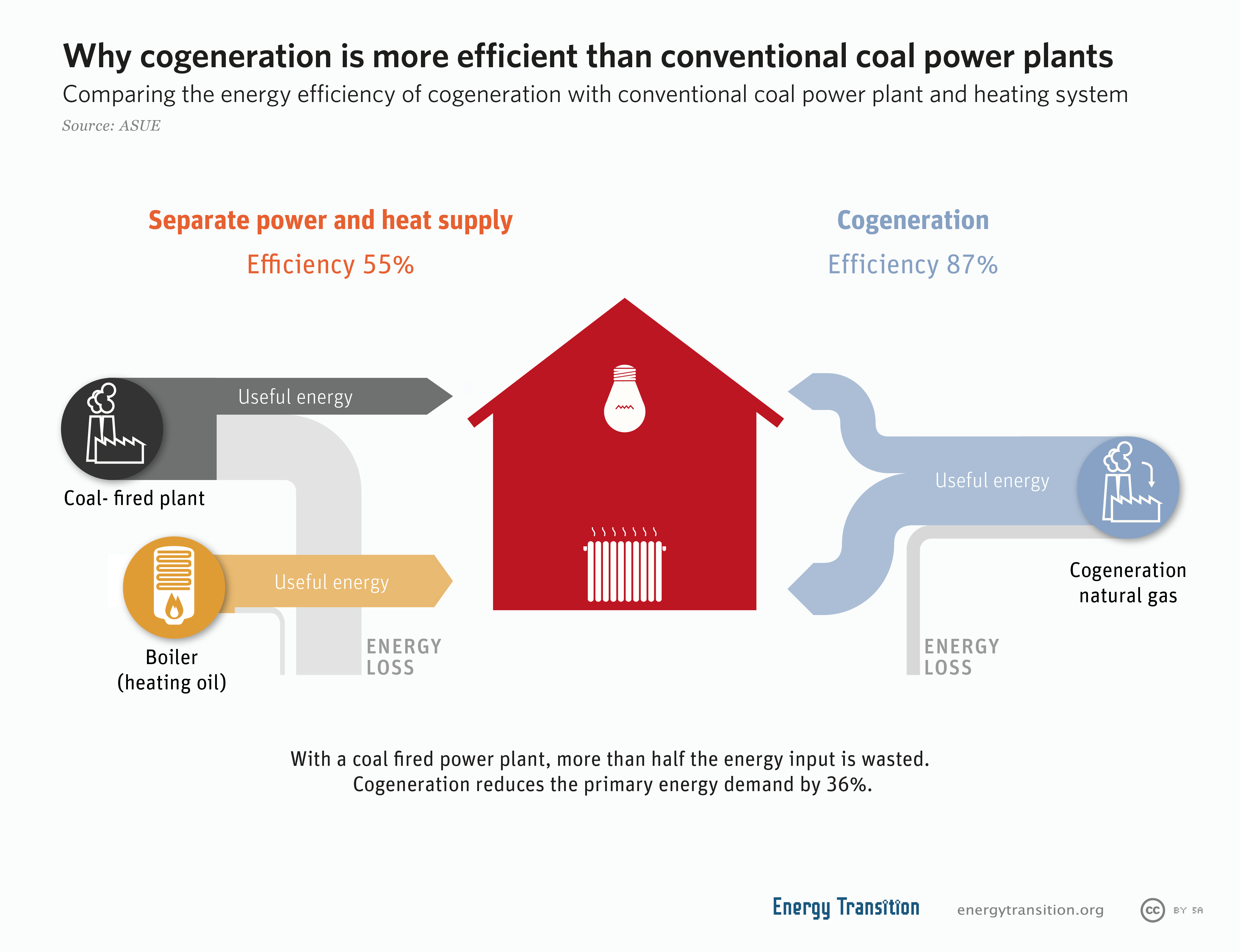|
Chartered Institution Of Building Services Engineers
The Chartered Institution of Building Services Engineers (CIBSE; pronounced 'sib-see') is an international professional engineering association based in London, England that represents building services engineers. It is a full member of the Construction Industry Council, and is consulted by government on matters relating to construction, engineering and sustainability. It is also licensed by the Engineering Council to assess candidates for inclusion on its Register of Professional Engineers. History CIBSE was formed in 1976, and received a Royal Charter that same year following a merger of the Institution of Heating and Ventilation Engineers (founded in 1897) and the Illuminating Engineering Society (founded in 1909). Previously CIBS, the word 'Engineers' was added in 1985, and hence the Institution became CIBSE. Royal Charter Under the CIBSE Royal Charter and By-laws, the Institution's primary objects are: * The promotion for the benefit of the public in general of the art, ... [...More Info...] [...Related Items...] OR: [Wikipedia] [Google] [Baidu] |
Building Services Engineering
Building services engineering (BSE), service engineering or facilities and services planning engineering is a Regulation and licensure in engineering, professional engineering discipline that strives to achieve a safe and comfortable Indoor air quality, indoor environment while minimizing the environmental impact of a building. Building services engineering can be considered a subdiscipline of ''utility engineering'', ''supply engineering'' and ''architectural engineering (building engineering)'', which are all subsets of ''civil engineering''. Building services engineering encompasses the professional disciplines ''mechanical, electrical and plumbing (MEP)'' and ''technical building services'', specifically the fields of * HVAC and building related sanitary engineering * electrical engineering including building automation and building related telecommunications engineering * mechanical engineering insofar it is building related, e.g. in the construction of elevators Building ... [...More Info...] [...Related Items...] OR: [Wikipedia] [Google] [Baidu] |
Display Energy Certificate
Display Energy Certificates (DECs) are records of the actual energy usage of public buildings, introduced by a number of European governments in response to the EU Energy Performance of Buildings Directive, which all EU member states had to implement by January 2009. DECs are designed to increase transparency about the energy efficiency of public buildings. The certificate looks similar to the energy labels provided on new cars and electrical appliances such as fridges and freezers – it uses a similar scale for energy efficiency, i.e. from A to G with A being the most efficient and G the least. The aim of the Energy Performance of Buildings Directive is for the public to receive energy information about a building they are visiting. In Ireland, the display of a DEC became mandatory for all public buildings over 1,000m² from 1 January, 2009. Since 9 July 2015, all public buildings in the UK over 250m² must display a DEC prominently at all times. Where the building has a total us ... [...More Info...] [...Related Items...] OR: [Wikipedia] [Google] [Baidu] |
Building Regulations In The United Kingdom
Building regulations in the United Kingdom are statutory instrument (UK), statutory instruments or statutory regulations that seek to ensure that the policies set out in the relevant legislation are carried out. Building regulations approval is required for most building work in the UK. Building regulations that apply across England and Wales are made under powers set out in the Building Act 1984 (c. 55) while those that apply across Scotland are set out in the Building (Scotland) Act 2003. The Building Act 1984, as amended by the (c. 30), permits detailed regulations to be made by the Secretary of State for England and by a Welsh Minister for Wales. As 'Building Regulations' and 'Building Safety' are devolved areas of law, in the four parts of the UK. The building regulations made under the Building Act 1984 have been periodically updated, rewritten or consolidated, with the latest and current version being the Building Regulations 2010. The UK Government (at Westminster) is r ... [...More Info...] [...Related Items...] OR: [Wikipedia] [Google] [Baidu] |
Elevator
An elevator (American English) or lift (Commonwealth English) is a machine that vertically transports people or freight between levels. They are typically powered by electric motors that drive traction cables and counterweight systems such as a hoist, although some pump hydraulic fluid to raise a cylindrical piston like a jack. Elevators are used in agriculture and manufacturing to lift materials. There are various types, like chain and bucket elevators, grain augers, and hay elevators. Modern buildings often have elevators to ensure accessibility, especially where ramps aren't feasible. High-speed elevators are common in skyscrapers. Some elevators can even move horizontally. History Pre-industrial era The earliest known reference to an elevator is in the works of the Roman architect Vitruvius, who reported that Archimedes ( – ) built his first elevator probably in 236 BC. Sources from later periods mention elevators as cabs on a hemp rope, powered by people o ... [...More Info...] [...Related Items...] OR: [Wikipedia] [Google] [Baidu] |
Heating, Ventilation, And Air Conditioning
Heating, ventilation, and air conditioning (HVAC ) is the use of various technologies to control the temperature, humidity, and purity of the air in an enclosed space. Its goal is to provide thermal comfort and acceptable indoor air quality. HVAC system design is a subdiscipline of mechanical engineering, based on the principles of thermodynamics, fluid mechanics, and heat transfer. "Refrigeration" is sometimes added to the field's abbreviation as HVAC&R or HVACR, or "ventilation" is dropped, as in HACR (as in the designation of HACR-rated circuit breakers). HVAC is an important part of residential structures such as single family homes, apartment buildings, hotels, and senior living facilities; medium to large industrial and office buildings such as skyscrapers and hospitals; vehicles such as cars, trains, airplanes, ships and submarines; and in marine environments, where safe and Sick building syndrome, healthy building conditions are regulated with respect to temperature and ... [...More Info...] [...Related Items...] OR: [Wikipedia] [Google] [Baidu] |
Facility Management
Facility management or facilities management (FM) is a professional discipline focused on coordinating the use of space, infrastructure, people, and organization. Facilities management ensures that physical assets and environments are managed effectively to meet the needs of their users. By integrating maintenance, safety, efficiency, and comfort, FM supports organizational goals within the built environment. The profession operates under global standards such as ISO 41001 and is guided by organizations like the International Facility Management Association (IFMA). History The concept of facilities management originated in the 1960s, primarily in the context of IT systems management. The term was coined by IBM alumnus and Electronic Data Systems founder Ross Perot, to describe the integration of network management and support services. Over time, it expanded to include broader elements of building and operational management. Facility management as integral to the processes of str ... [...More Info...] [...Related Items...] OR: [Wikipedia] [Google] [Baidu] |
District Heating
District heating (also known as heat networks) is a system for distributing heat generated in a centralized location through a system of insulated pipes for residential and commercial heating requirements such as space heater, space heating and water heating. The heat is often obtained from a cogeneration plant burning fossil fuels or biomass, but heating plant, heat-only boiler stations, geothermal heating, heat pumps and central solar heating are also used, as well as heat waste from factories and nuclear power electricity generation. District heating plants can provide higher efficiencies and better pollution control than localized boilers. According to some research, district heating with combined heat and power (CHPDH) is the cheapest method of cutting carbon emissions, and has one of the lowest carbon footprints of all fossil generation plants. District heating is ranked number 27 in Drawdown (climate), Project Drawdown's 100 solutions to climate change, global warming. His ... [...More Info...] [...Related Items...] OR: [Wikipedia] [Google] [Baidu] |
Cogeneration
Cogeneration or combined heat and power (CHP) is the use of a heat engine or power station to generate electricity and useful heat at the same time. Cogeneration is a more efficient use of fuel or heat, because otherwise- wasted heat from electricity generation is put to some productive use. Combined heat and power (CHP) plants recover otherwise wasted thermal energy for heating. This is also called combined heat and power district heating. Small CHP plants are an example of decentralized energy. By-product heat at moderate temperatures ( can also be used in absorption refrigerators for cooling. The supply of high-temperature heat first drives a gas or steam turbine-powered generator. The resulting low-temperature waste heat is then used for water or space heating. At smaller scales (typically below 1 MW), a gas engine or diesel engine may be used. Cogeneration is also common with geothermal power plants as they often produce relatively low grade heat. Binary cycle ... [...More Info...] [...Related Items...] OR: [Wikipedia] [Google] [Baidu] |
ASHRAE
The American Society of Heating, Refrigerating and Air-Conditioning Engineers (ASHRAE ) is an American professional association seeking to advance heating, ventilation, air conditioning and refrigeration (HVAC&R) systems design and construction. ASHRAE has over 50,000 members in more than 130 countries worldwide. ASHRAE's members comprise building services engineers, architects, mechanical contractors, building owners, equipment manufacturers' employees, and others concerned with the design and construction of HVAC&R systems in buildings. The society funds research projects, offers continuing education programs, and develops and publishes technical standards to improve building services engineering, energy efficiency, indoor air quality, and sustainable development. History ASHRAE was founded in 1894 at a meeting of engineers in New York City, formerly headquartered at 345 East 47th Street (the United Engineering Center), and has held an annual meeting since 1895. Until ... [...More Info...] [...Related Items...] OR: [Wikipedia] [Google] [Baidu] |
Air Quality
Air pollution is the presence of substances in the Atmosphere of Earth, air that are harmful to humans, other living beings or the environment. Pollutants can be Gas, gases like Ground-level ozone, ozone or nitrogen oxides or small particles like soot and dust. It affects both outdoor air and indoor air. Natural sources of air pollution include Wildfire, wildfires, Dust storm, dust storms, and Volcanic eruption, volcanic eruptions. Indoor air pollution is often Energy poverty and cooking, caused by the use of biomass (e.g. wood) for cooking and heating. Outdoor air pollution comes from some industrial processes, the burning of Fossil fuel, fossil fuels for electricity and transport, waste management and agriculture. Many of the contributors of local air pollution, especially the burning of fossil fuels, also cause greenhouse gas emissions that cause climate change, global warming. Air pollution causes around 7 or 8 million deaths each year. It is a significant risk factor for ... [...More Info...] [...Related Items...] OR: [Wikipedia] [Google] [Baidu] |





